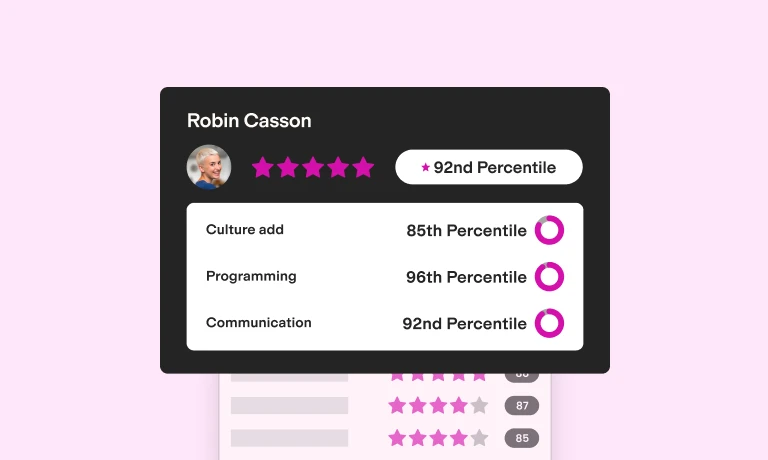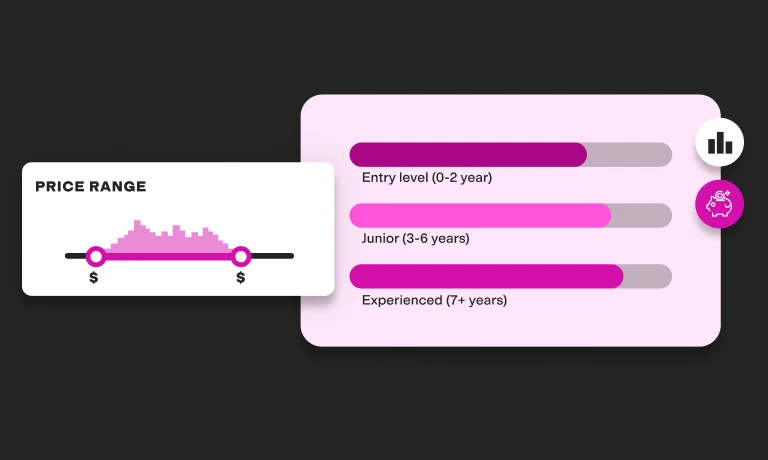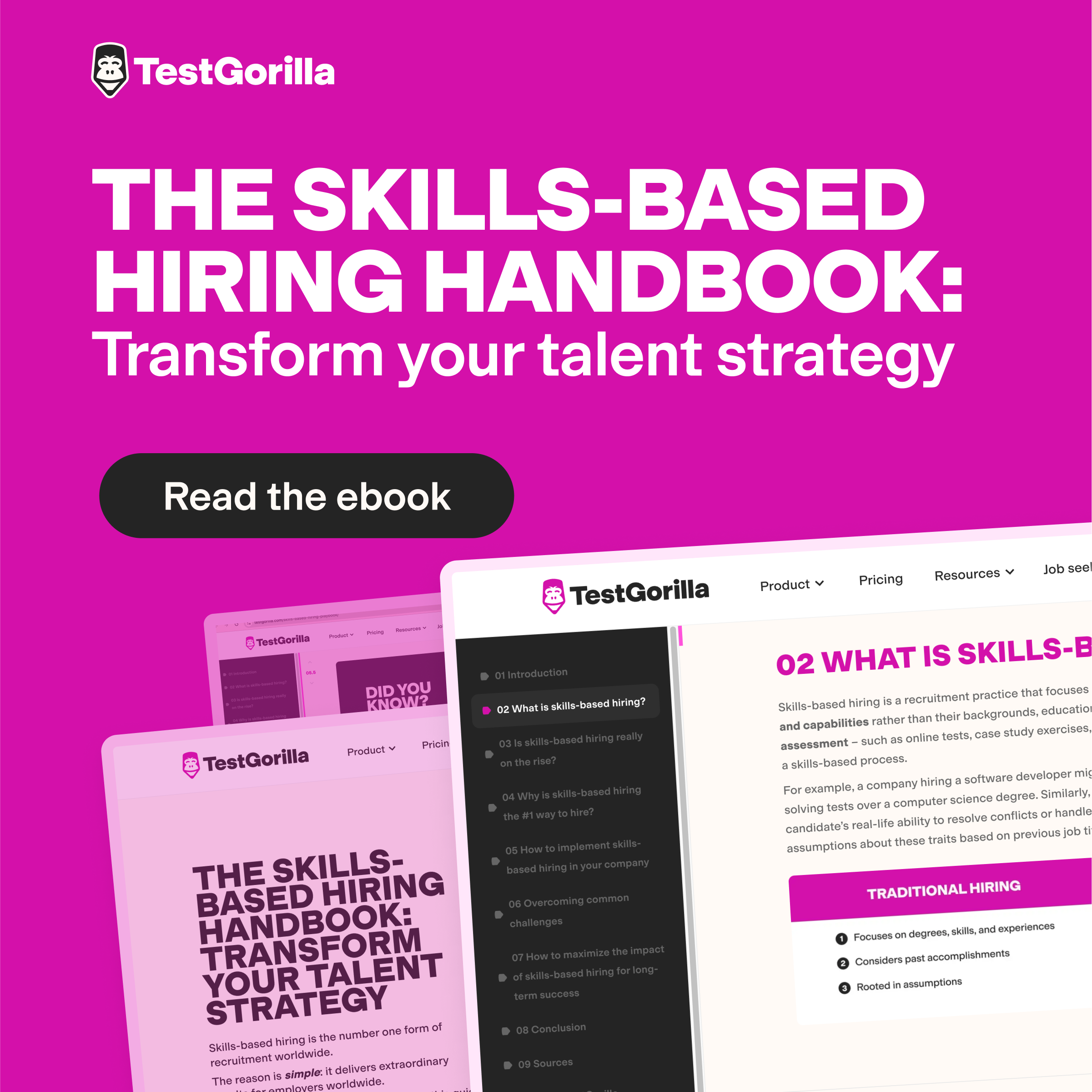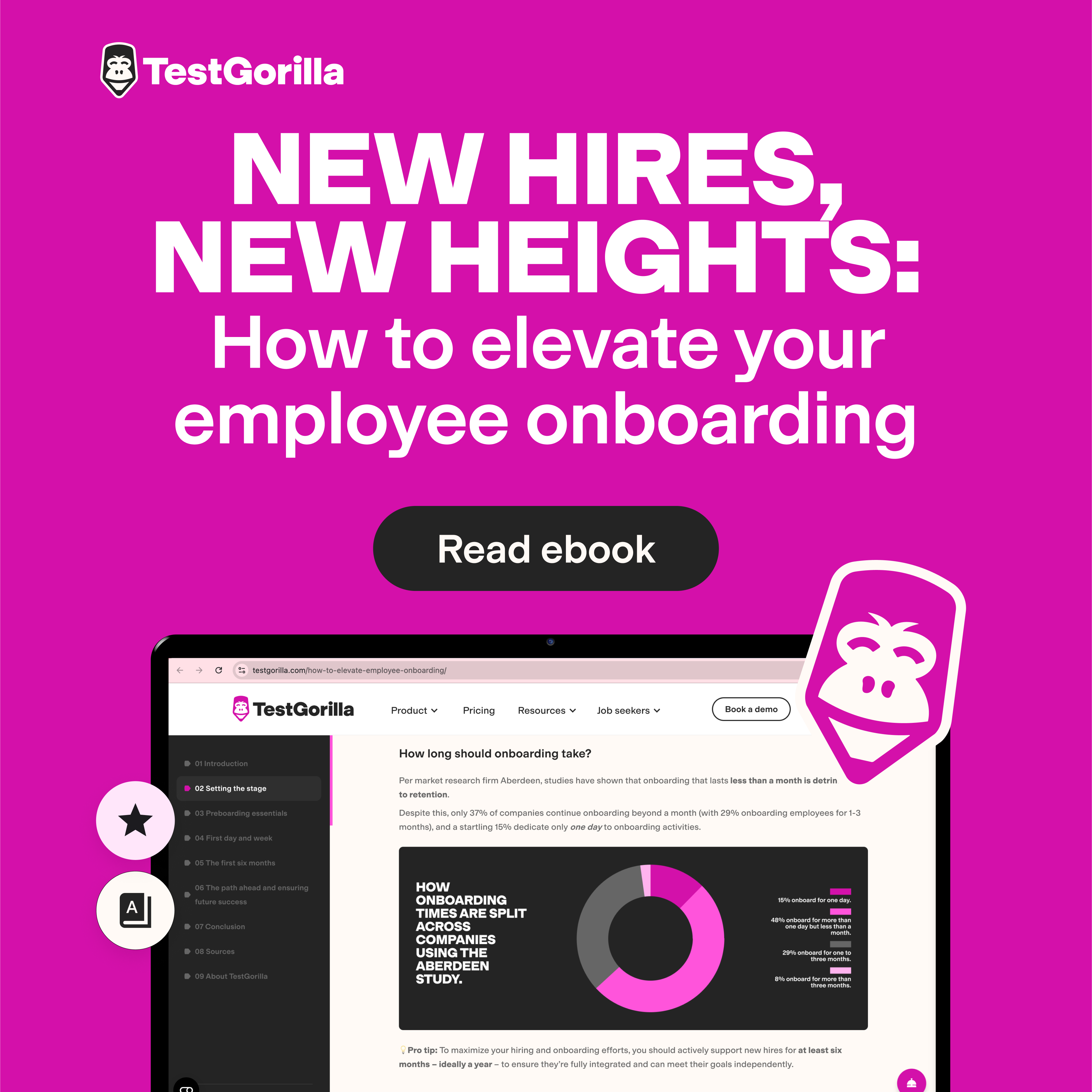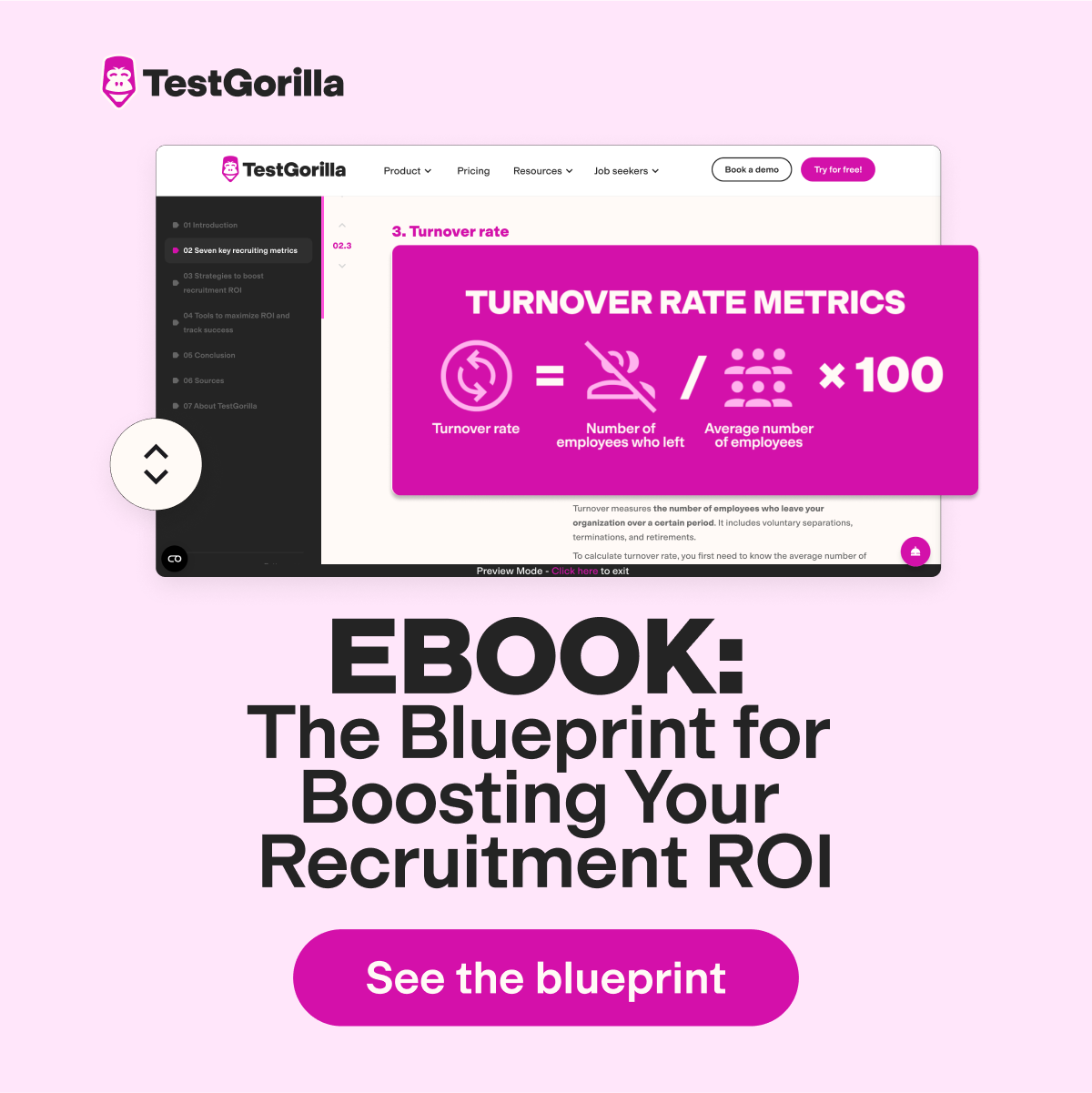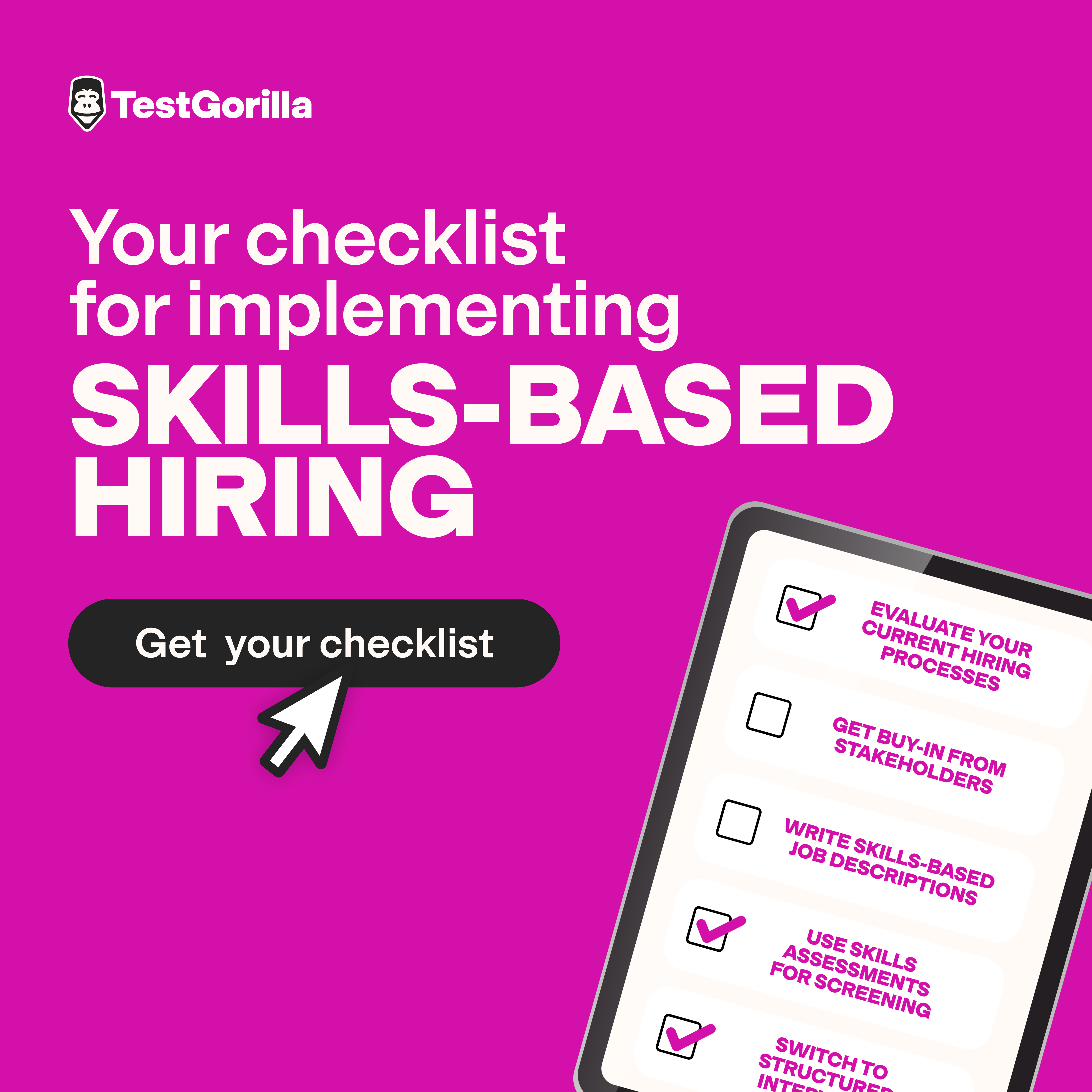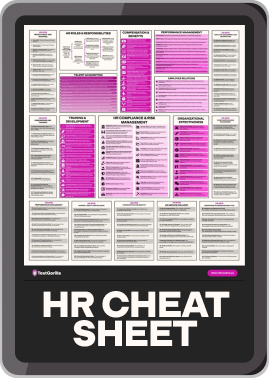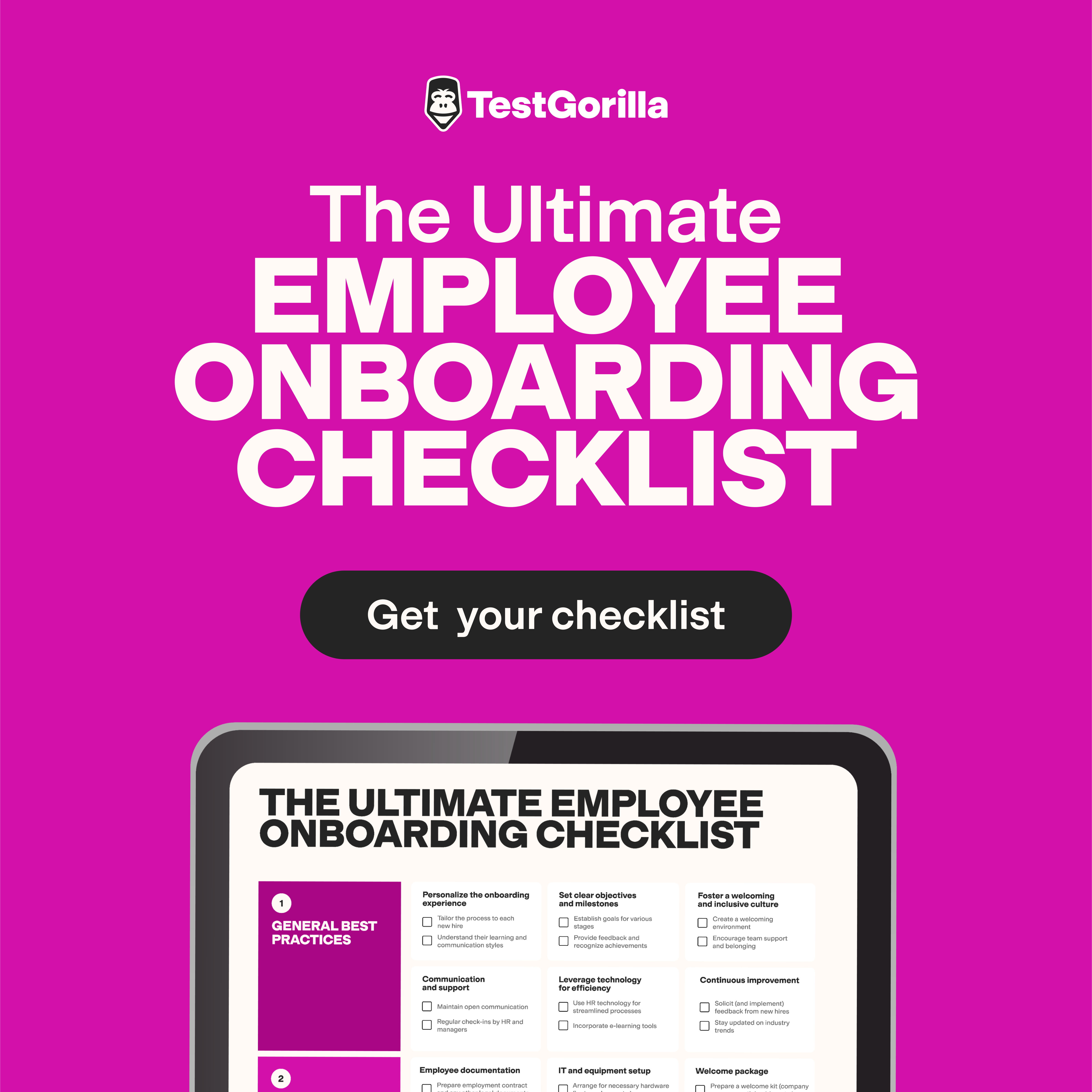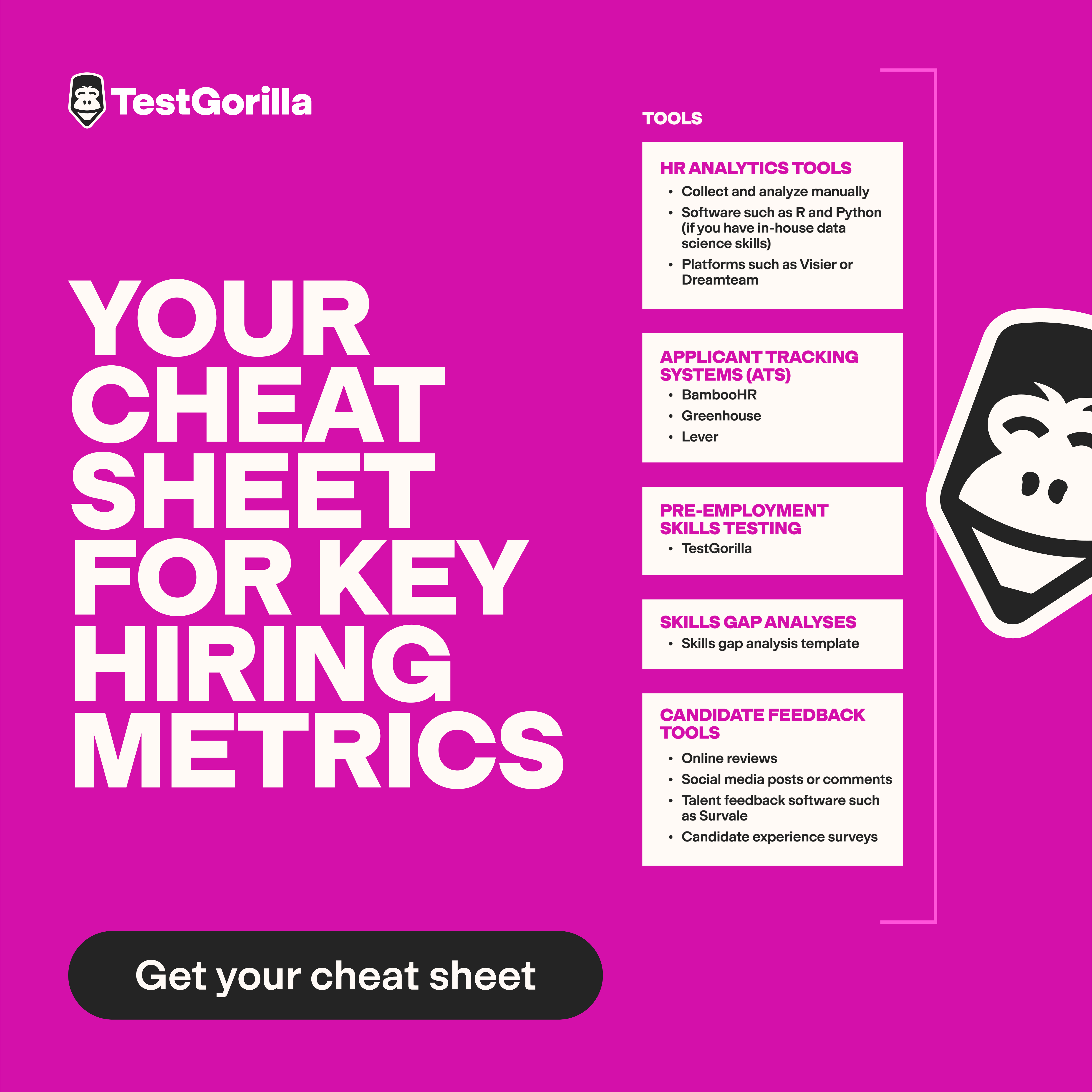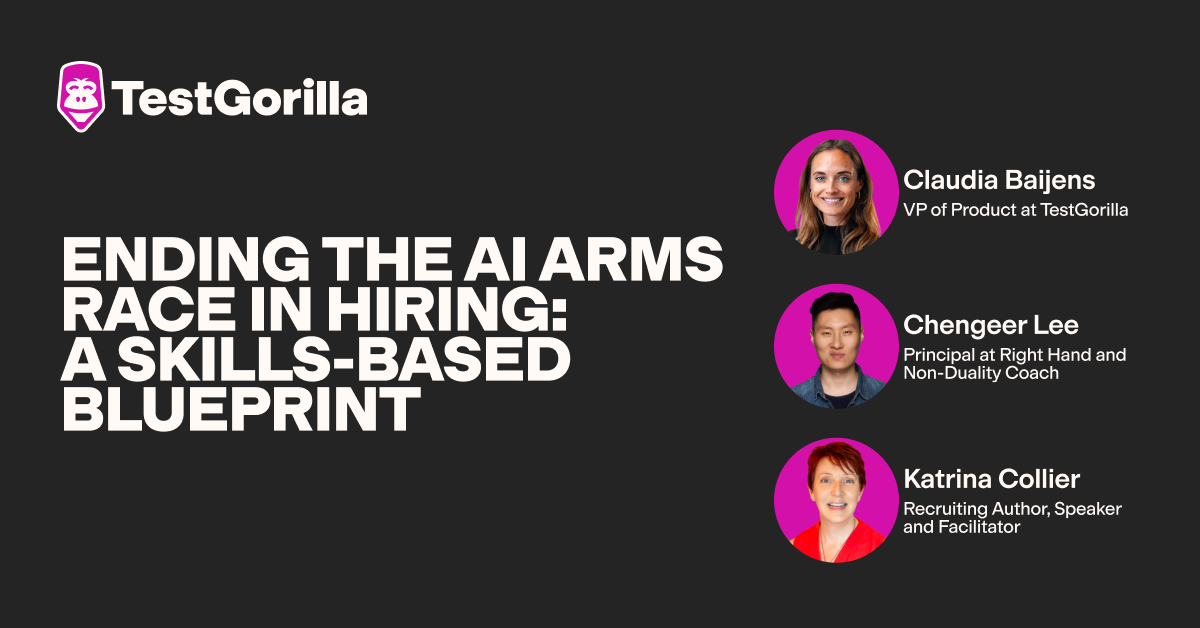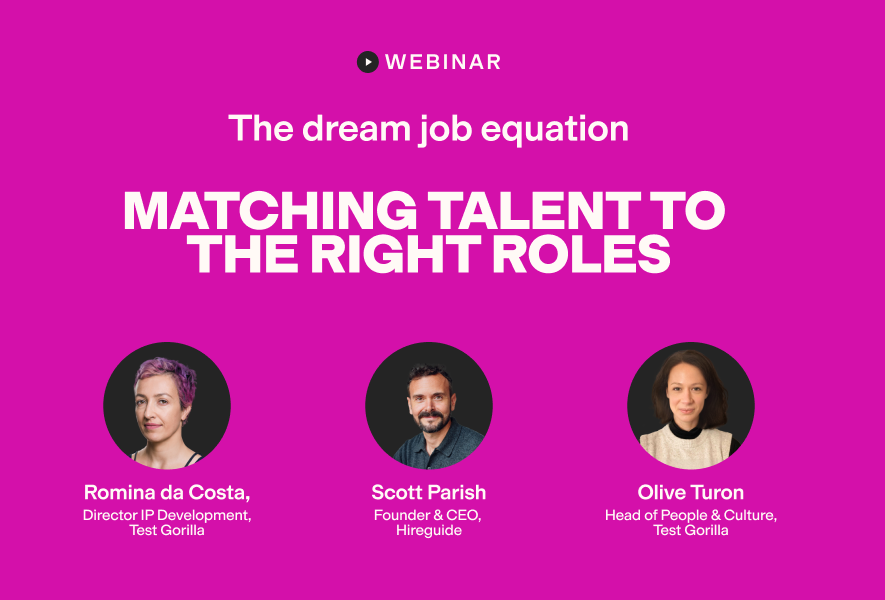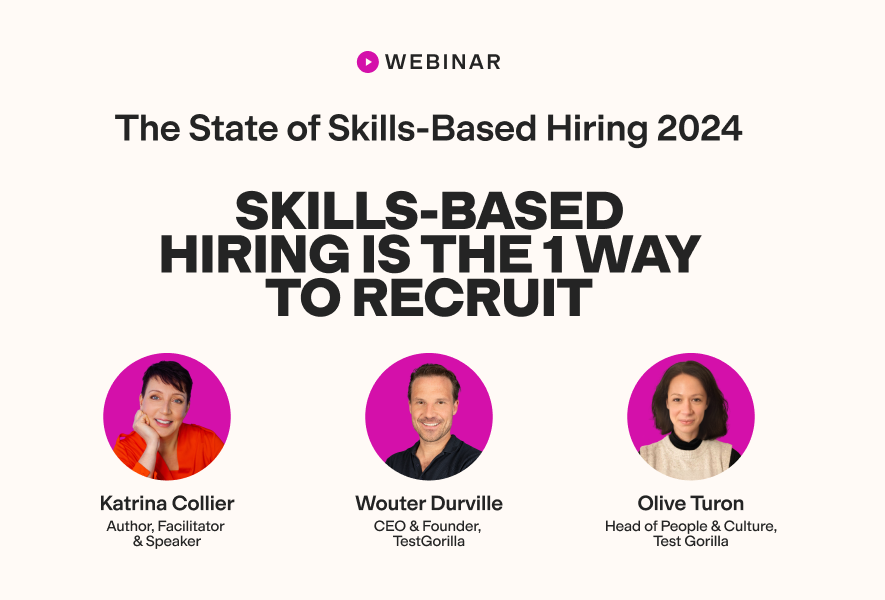The COVID-19 pandemic shook the world to its core. Work-from-home policies, Zoom meetings, and the need to adapt took center stage.
When things calmed down, some companies rolled back on remote work and pushed return-to-office mandates, while others withdrew their Zoom Business subscriptions. But adaptability stuck around. It’s become essential in a world where change is constant and fast – and where businesses that can’t keep up risk falling behind.
Below, we break down what adaptability at work truly means, why it’s a key behavioral competency, and how to build a culture where people don’t just cope with change – they thrive in it.
What is adaptability in the workplace?
Adaptability is the ability to adjust to new situations, challenges, or changes at work. This could be anything from small changes, such as adopting a new tool or altering processes, to big changes like organizational restructures.
In the face of these changes, adaptable employees don’t panic or resist. They stay open-minded, learn quickly, move forward, and might even go above and beyond to find new ways to succeed.
What are adaptability skills?
Adaptability isn’t a standalone ability – it’s a combination of different essential adaptability skills and traits working together:
Resilience: Staying calm, composed, and focused under pressure, and recovering quickly from difficulties
Emotional intelligence: Managing your own emotions and showing empathy for others going through change
Communication: Staying transparent, clear, and connected, even when things feel uncertain
Agility: Moving fast and adjusting your approach without getting stuck in the past
Problem solving: Spotting issues and finding solutions quickly when things go off track
Critical thinking: Thinking on your feet and making wise decisions in unfamiliar situations
Risk management: Proactively identifying key risks and finding ways to prevent or minimize their impact
What’s the difference between flexibility and adaptability?
People often confuse adaptability with flexibility. While flexibility is about being willing to make changes, like adjusting hours or tasks to accommodate a new situation or person, adaptability goes deeper. It’s not just about surviving or going with the flow – it’s about learning, growing, and thriving in tough times.
Why adaptability is critical for modern businesses
Uncertainty has become the norm over the last few years. Here are three major trends reshaping the business landscape and emphasizing the importance of adaptability.
1. Economic uncertainty
The International Monetary Fund (IMF) projects global growth at 3.3% for both 2025 and 2026, which is below the historical average of 3.7% seen between 2000 and 2019. Moreover, fluctuating inflation rates and rumors of a looming recession are affecting consumer spending worldwide, directly impacting businesses.
This unpredictability makes long-term planning tricky (and slightly pointless), so you and your employees must be ready to ride the tide.
2. Shifting consumer priorities
Today’s customers expect more – faster delivery, personalized experiences, ethical practices, and sustainable products. In fact, PWC found that consumers are willing to pay 9.7% more for sustainable goods, even with high cost-of-living concerns.
Companies are under pressure to rethink everything from product design and packaging to marketing strategies, and only those that adapt will stay competitive. A company that didn’t get this right was Blockbuster. It dominated the video rental market in the 1990s but failed to adapt to the shift to online streaming, which led to its eventual downfall.
3. The rise of tech and AI
AI and automation are no longer futuristic ideas – they’re here and growing fast. According to McKinsey, 50% of work activities could be automated with the technology we have today. Additionally, the World Economic Forum’s (WEF) 2025 Future of Jobs Report predicts that 39% of skills will be disrupted by 2030.
Roles are evolving, workflows are changing, and employees are trying to stay relevant.
Who’s doing this well? Skills-based organizations moving away from rigid roles and titles to fluid work allocation based on skills are thriving. For instance, the BBC shared how the Copper Rivet Distillery re-skilled their employees and pivoted from producing gin and whiskey to hand sanitizer during the pandemic.
The best insights on HR and recruitment, delivered to your inbox.
Biweekly updates. No spam. Unsubscribe any time.
Benefits of adaptability for employees
Here’s how adaptability benefits employees.
1. Improves employment prospects
The WEF reported that skills like creative thinking, resilience, flexibility, and agility are rising in importance, with a growing number of employers considering them essential “skills of the future.” Employees with these skills are in high demand now and will be in higher demand in the coming years.
2. Enhances performance
Adaptable people can quickly learn new skills and adjust to new roles or technologies. A study in the Journal of Informatics Education and Research calls adaptability the “cornerstone for professional success.” This makes adaptable employees valuable assets in any company and more likely to be retained in challenging times, such as restructurings and cost cuts.
3. Boosts innovation
Adaptable workers are typically good critical thinkers, strong problem solvers, and open to new ideas and ways of working. These traits combined make them more likely to think outside the box and come up with innovative solutions to challenges.
4. Makes work more satisfying
Research shows that seeking out creative ways to deal with issues makes people’s work feel more meaningful overall – a finding that was consistent across age and gender. Further, when employees find their work meaningful, they feel more engaged, committed, and satisfied at work.
5. Reduces stress
Adaptability contributes to better coping mechanisms, reducing workplace stress, and boosting overall well-being. One study showed that employees with high work adaptability had better occupational health when facing stressful situations at work, compared with those with low adaptability. This effect was magnified when employees also found their work more meaningful.
Benefits of adaptability for business leaders
Here’s how adaptability benefits leaders.
1. Supports change management
Adaptive leaders can stay calm and composed during change and guide their teams smoothly through transitions, minimizing disruption. A recent study showed that adaptive leadership boosts change self-efficacy (confidence in handling change) at the individual and organizational level.
2. Builds cohesive teams
Adaptable leaders reassure employees, give them direction, and offer a unified approach to tackling challenges, which boosts team dynamics and overall performance. In fact, research shows that adaptive leadership in a company improves organizational success and goal achievement.
3. Fosters a culture of innovation
By modeling resilience, valuing team members’ opinions, and involving employees in company decisions, adaptive leaders inculcate a culture where employees can devise creative solutions to workplace problems and difficulties.
Andy Jassy and Jamie Dimon, respective CEOs at Amazon and JPMorgan, reinstated employee suggestion boxes, which led to initiatives that saved £3.2 million and reduced more than 50,000 work hours for employees.
4. Improves decision-making
When problems arise, adaptive leaders take a step back, stay composed, and take decisive action rather than merely reacting. Leaders for companies like Walmart didn’t do this when they panic-hired in response to the pandemic, which eventually led to losses and layoffs.
How to hire adaptable employees and leaders
According to our latest The State of Skills-Based Hiring report, nine in ten employers believe soft skills are very important today. This is because soft skills are transferable across sectors and jobs, so employees can swiftly adapt and give companies a competitive advantage during change.
That said, measuring the soft skills and traits that make someone adaptable can be tough. Job candidates typically focus on hard skills in their resumes, leaving you with only interviews to assess candidates’ adaptability.
And interviews can be prone to bias, so they’re not an objective way to assess how adaptable someone truly is.
The best way to assess adaptability is through talent assessments with a platform like TestGorilla.
Let’s look at the soft skills tests you can use to measure candidates’ adaptability early on in the hiring process – before you spend time interviewing them.
Communication test
Problem-Solving test
Our upcoming Behavioral Competency Profiler test
Critical Thinking test
People Management and Leadership test
Business Judgment test
Digital Agility test
Personality assessments like the Enneagram test
Culture Add test
Our research showed that more than half of employers believed skills-based assessments help verify candidates' soft skills and cognitive abilities.
The best part? You can combine up to five of these tests with any of the other hard and soft skills tests in our extensive test library for a complete view of your candidates’ qualities.
Learn more about the best practices for hiring adaptable employees. |
Find team players who take your business to the next level
In a world that’s constantly moving, you must stay adaptable and agile to keep up. Ensure your employees and leaders have qualities like resilience, problem-solving, critical thinking, and strong communication skills, like active listening and the ability to tailor communication styles in different scenarios.
That said, measuring these skills isn’t easy. Luckily, platforms like TestGorilla offer assessments that help you evaluate all these qualities in your candidates so you can hire talent who can handle pressure and move forward – no matter what’s thrown their way.
Ready to build an adaptable team? Create a free account to explore our tests today.
You've scrolled this far
Why not try TestGorilla for free, and see what happens when you put skills first.




